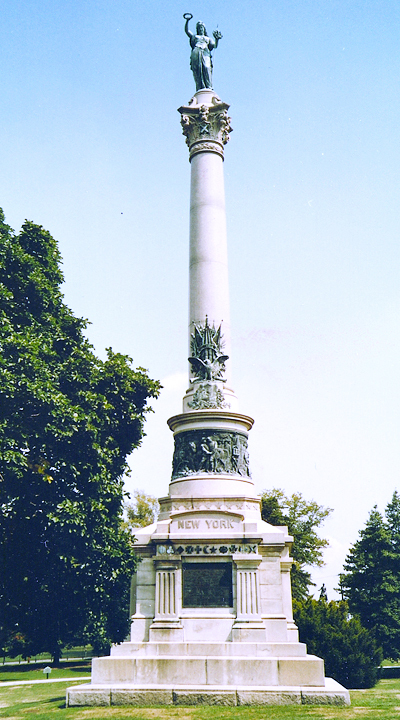Soldiers
Taken Hamilton College's expanisve Civil War collection, this online exhibit gives snapshots of the lives of some of the school's most well-known alumni soldiers. If you would like to view the entirety of Hamilton's Civil War collection, click on this link: HC Civil War Collection.
The soldiers profiled on this website each left behind a breadth of documents, from diaries to letters. And each has his own unique view of the War.
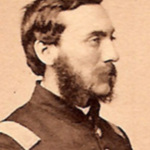
Rush Cady was born in Rome, New York on December 12, 1841 to Daniel Cady and Fidelia Webster Palmer. He attended Hamilton College, but left before commencement to enlist in the 97th New York Volunteer Infantry. Rush left behind a detailed account of the Battle of Chancellorsville, describing the horrors of war as well as the everyday ennui, hunger and fears of a Union soldier. Rush died in July, 1863 of wounds he received at the Battle of Gettysburg. Before he died, his mother wrote a touching account of her son's last days.
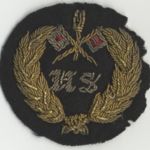
Myron Adams, born in East Bloomfield, Ontario County, NY in 1841, was the fourth generation of Adamses to attend Hamilton College, graduating with the class of 1863. He left school in August, 1862 to muster into the 126th New York Volunteer Infantry. His regiment was captured, and then paroled, by Confederates at Harper's Ferry in 1862, thus earning them the nickname "The Harper's Ferry Cowards," a moniker the 126th NY would shed after their performance at the Battle of Gettysburg some six months later. However, Myron left the regiment before Gettysburg, joining the U.S. Army Signal Corps where he served with distinction for the rest of the war, rising to the rank of Second Lieutenant.
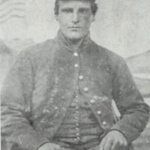
Henry Welch was born in 1844 in Central New York, and matriculated into Hamilton as part of the class of 1864. However, only a year into his studies at Hamilton, he left to join the 123rd New York Volunteer Infantry as an 18 year old. Welch was present at the Battle of Gettysburg, positioned on Wolf's Hill and Culp's Hill, and witnessed a deadly friendly fire accident in the early morning of July 3, the third day of the battle, which highighted the tense atmosphere and confusion of the battle. He was later wounded at the Battle of Peach Tree Creek in Georgia on July 20, 1864, but survived the war.
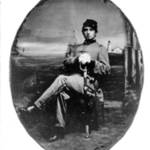
Charles Melville Fay, born in February, 1840, hailed from Prattsburg, Steuben County, NY, son of Willard Fay and Laura Williams. He left for Hamilton College at 19, and graduated with the class of 1862. He joined the army in 1862 as part of the 101st New York Volunteer Infantry, and fought in the Peninsula Campaign the Seven Days' Battles in the summer of 1862. Writing frequently to his sister "Mant," as well as keeping a journal, heCharles left a detailed account of those battles, and of his subsequent service in the Reserve Corps in Boston Harbor.

